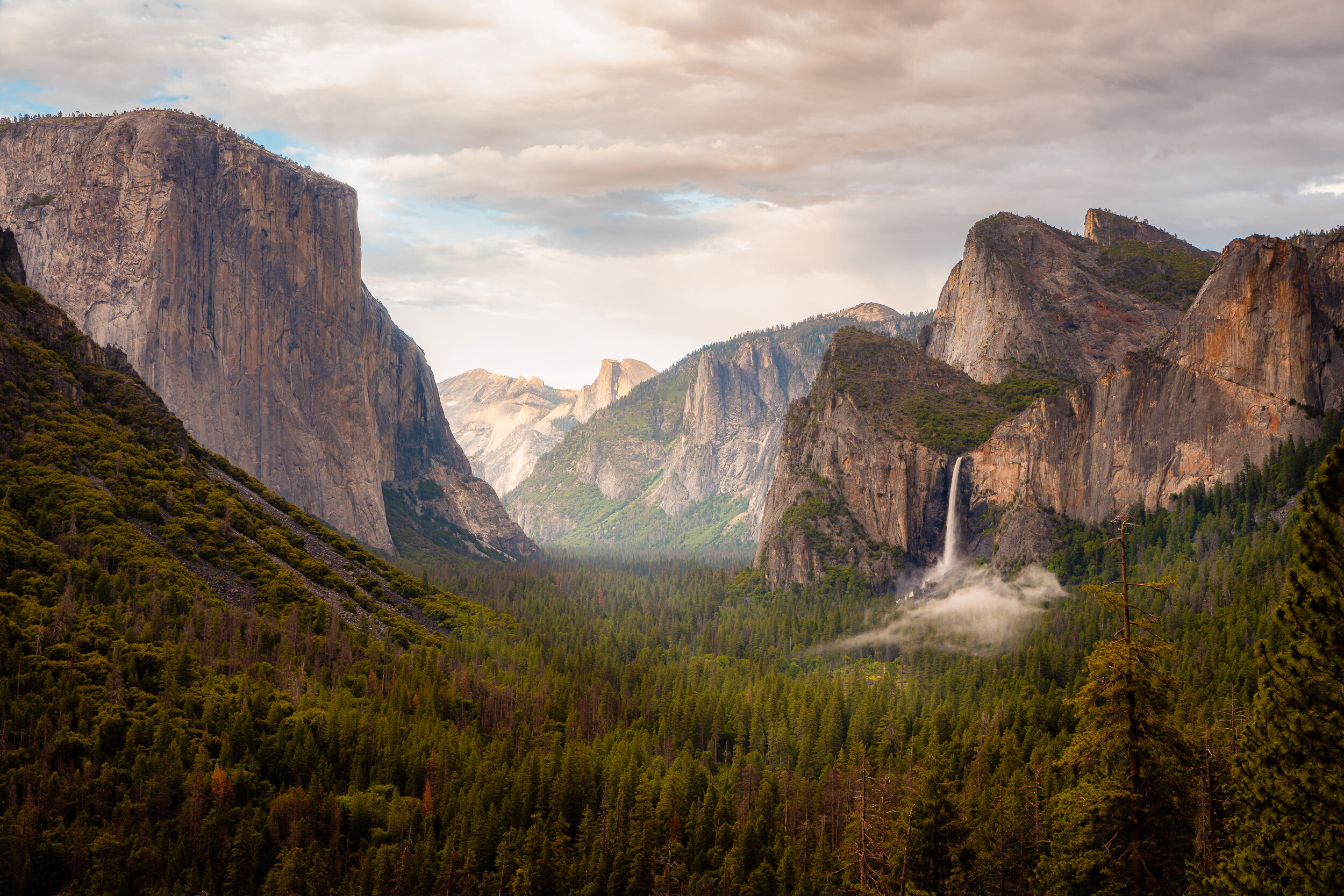One of the more common questions I’ve heard recently has to do with the deciding factors that should be accounted for when determining which lens is best for a particular composition. I think as landscape photographers we all generally fall into one of the following two categories, we’re either the single composition or multi-composition type of photographer. If you’re the single composition kind you’re the type that gets on-location, identifies the composition, sets up the shot and waits for the conditions to be best ultimately walking away with a series of images of the same exact composition with the only difference being the conditions. Or, if you’re the multi-composition kind, then you’re the type that gets on-location, settles on a composition, grabs a couple of images and moves on looking for additional compositions within the scene.
I personally see pros and cons to each approach, if you’re the single composition type then you’ll more than likely be the one that comes away with the single spectacular image that has the best conditions, but it’ll only be one image. And if you’re the multi-comp kind then there’s a chance you could miss the very best conditions with your favorite composition, but you’ll more than likely come away with a series of good images that better tells the story of the particular location. And, the reason I bring this up is because I don’t think there’s always a single best answer to the question, “What’s the perfect lens for this composition” rather I think each lens in your bag has the potential to create a unique and intriguing version of the composition you’re facing.
This is something I’ve been trying to improve upon over the last year called ‘working the scene’. Where you create a set of images that better tells the story of your particular location and each lens in your bag is a tool that can be used to create the images for this story board. Something that’s helped me recently in my quest to create sets of images is when I’m on-location I think of the following four items which in turn helps me determine the lens to reach for with a particular scene.
1) Supporting Elements
When I’m surveying a scene in an effort to settle on a specific composition I ask myself what are the supporting elements of the scene or stated differently, “what do I love about this scene”? Asking myself this question enables me to inventory the situation to better understand which lens or focal length will be required in order to capture all the supporting elements I love about the scene.
2) What’s the Story?
When I answer this question I’m generally thinking of two separate story lines with the first being an intimate and mysterious story. This type of story is fantastic to tell with a telephoto lens, zooming in and capturing the small details of a scene that leaves the viewer wondering what lies just outside the frame. Now the other story you can tell is one that holds nothing back and captures the entire scene in it’s totality with a wide angle lens. These type of ultra wide view points are intriguing for us as it’s much wider than we can see with our naked eye which automatically makes it a bit more interesting.
3) Relationship between Elements
Identifying where the supporting elements of your scene exist in relation to one another is another great way to determine which lens to reach for. Do the elements within your composition span a large area from left to right that would require the use of a wide angle lens to capture? Are your supporting elements far from one another from front to back that would benefit from the compression that a longer lens can provide? These are two great questions to answer that’ll help you decide which lens is best for your particular composition.
4) Composition within the Composition
This is one of my favorite techniques to focus on where you look for smaller scenes within the larger story. This is often fun to do with a telephoto lens to reach out and grab those intimate details to accompany the wider view of your composition in order to create a set of images that better tell the story of your particular location. You might be surprised how many compositions exist within your original composition that you never noticed were there until you started to look for them.
So that’s the thought track I go through when I’m out and about wondering which lens to grab out of my pack for a particular composition. I hope you’ll think of the aforementioned four items the next time you’re on-location trying to decide which lens will enable you to best tell the story that’s unfolding right in front of you.
Thanks for reading!
-Mark










